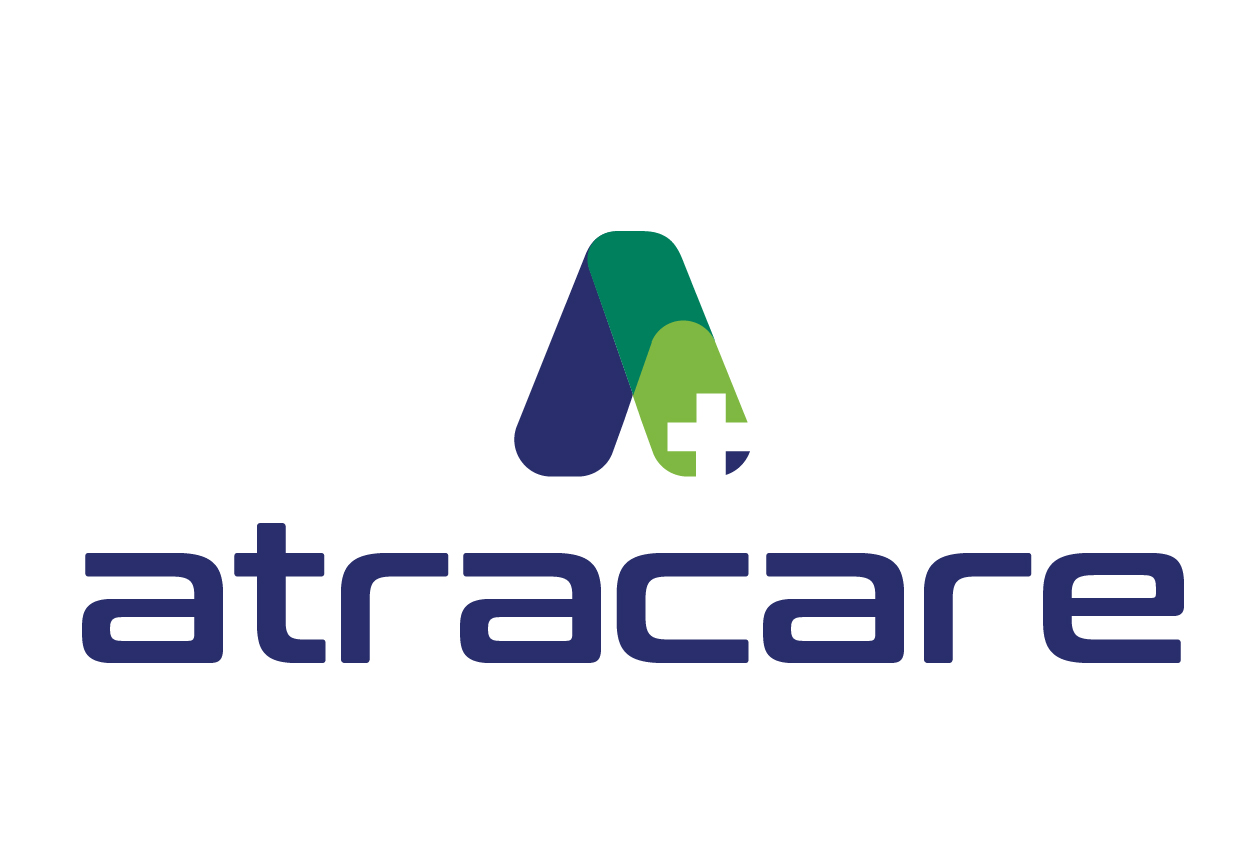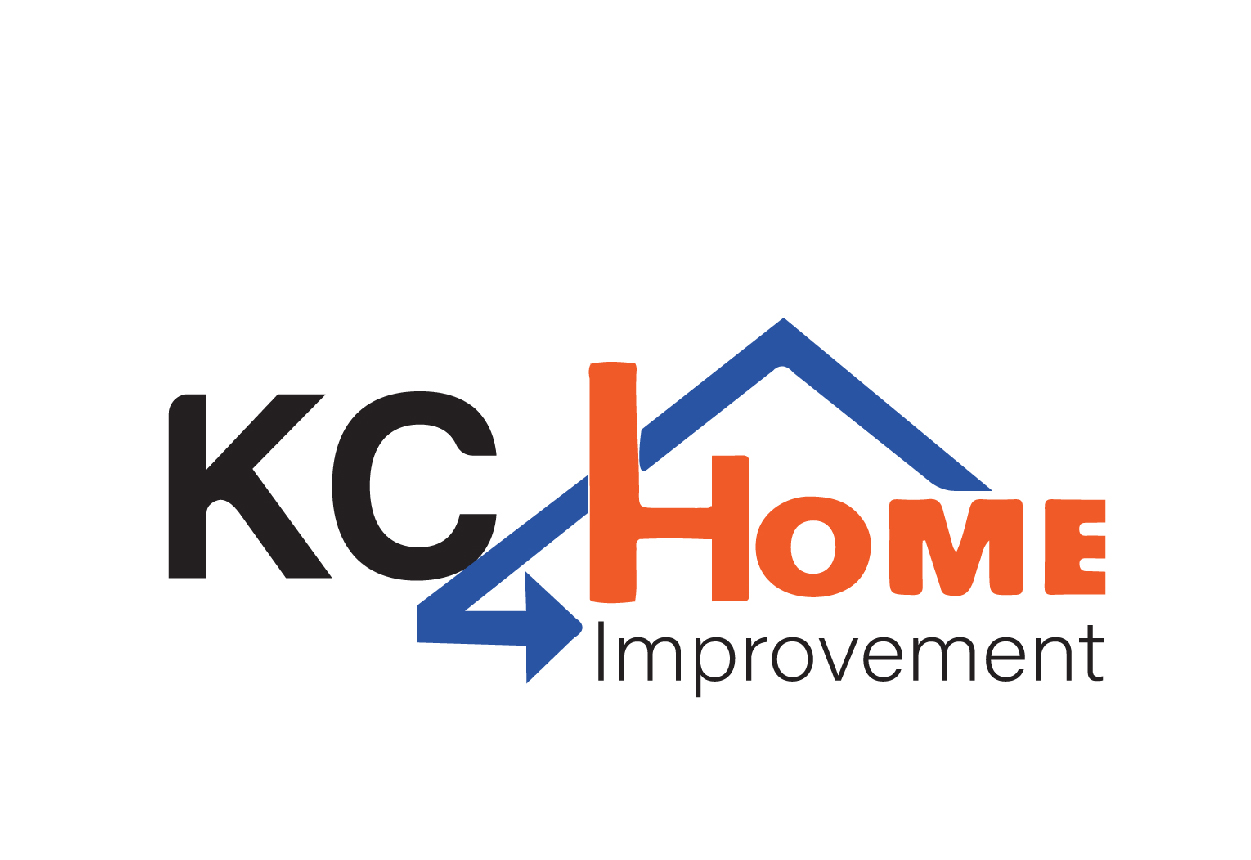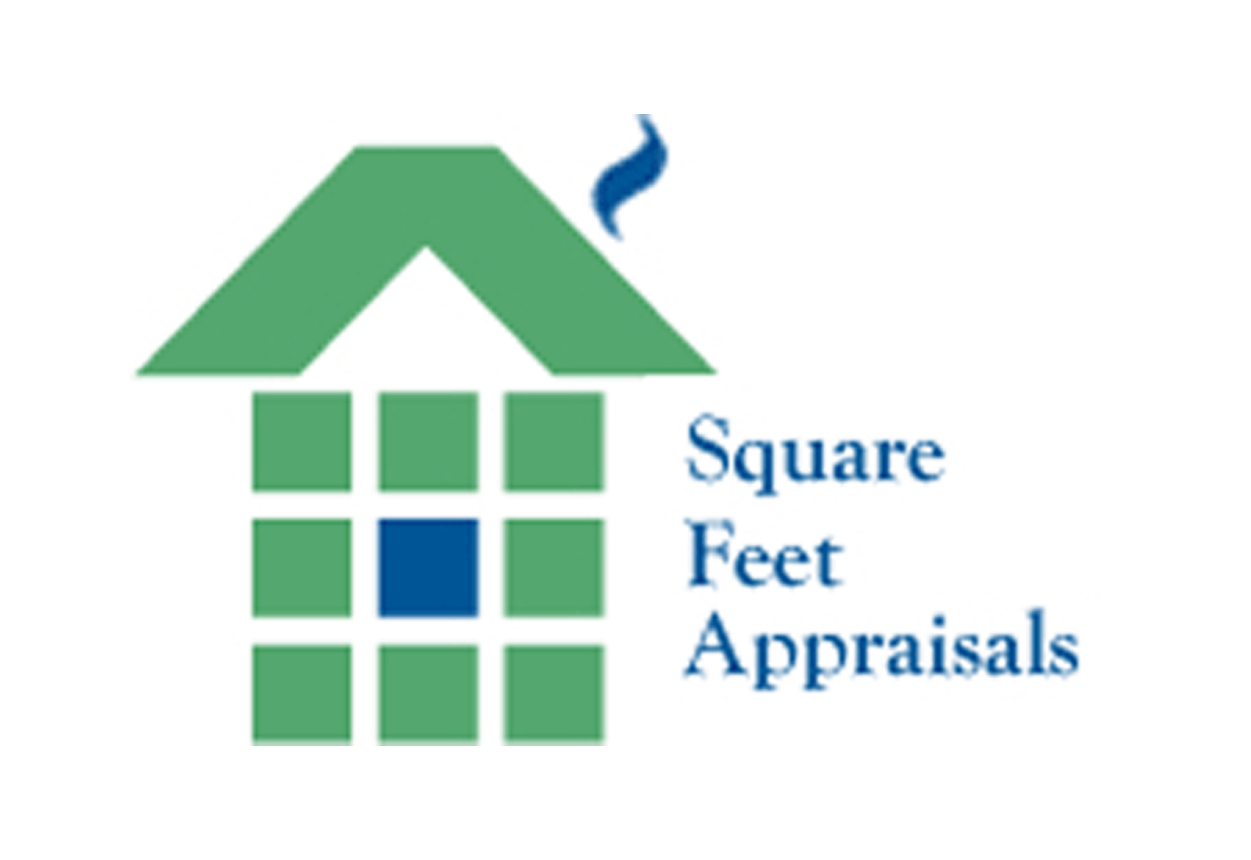A Hopeful Decline: The Fight Against Overdose Deaths in America and Delaware’s Ongoing Battle
Prepared by Atracare in collaboration with Delaware Beaches Online
The battle against the opioid epidemic has seen a glimmer of hope over the past year. New provisional data from the CDC’s National Vital Statistics System predict a nearly 24% decline in drug overdose deaths in the United States for the 12 months ending in September 2024. This drop signals the first significant national decrease in overdose deaths in years—an encouraging development in a crisis that has claimed countless lives. However, while the trend is promising on a national scale, the fight is far from over, and local concerns, such as those within Delaware, require targeted attention and action.
The Numbers: A Clear National Decline
According to the latest data, the United States recorded around 87,000 drug overdose deaths between October 2023 and September 2024. This marks a decrease from the previous year’s figure of approximately 114,000, making it the lowest number of overdose deaths in any 12-month period since June 2020. The 27,000 fewer deaths equate to more than 70 lives saved each day. Dr. Allison Arwady, Director of CDC’s National Center for Injury Prevention and Control, highlighted the significance of this drop: “It is unprecedented to see predicted overdose deaths drop by more than 27,000 over a single year.”
These numbers point to substantial progress, but they also reinforce the fact that overdose deaths remain the leading cause of death for Americans aged 18-44. The need for sustained and improved efforts to ensure this progress continues is urgent.
Contributing Factors to the Decline
Several key factors have played a role in the overall decline in overdose deaths:
-
Widespread Naloxone Distribution: Naloxone, a life-saving medication that reverses opioid overdoses, has become more accessible across the country, helping prevent many fatal overdoses.
-
Better Access to Treatment: Expanded access to evidence-based treatments for opioid use disorder, including medications like methadone and buprenorphine, has played a crucial role in reducing the number of fatal overdoses.
-
Shifts in the Illegal Drug Market: Changes in the availability and use of dangerous substances like fentanyl have contributed to the decline, though continued vigilance is necessary to track emerging threats.
-
Rebuilding Prevention Efforts: Following pandemic-related disruptions, prevention and response activities have ramped up, strengthening communities’ ability to fight back against substance misuse.
-
Ongoing Public Health Investments: Programs like the CDC’s Overdose Data to Action (OD2A) initiative have helped enhance data collection and allowed for swift, targeted interventions in communities nationwide.
Local Context: The Delaware Drug Landscape
While the national data offers hope, we must also focus on local trends. In Delaware, the drug crisis continues to evolve, with new substances and shifting patterns of misuse impacting communities across the state. For Delaware residents, it’s crucial to stay informed about emerging dangers in the drug supply.
Source: CDC Reports Nearly 24% Decline in U.S. Drug Overdose Deaths (February 25, 2025)
Delaware Drug Report: Latest Trends & Dangerous Substances in 2025
As we work to address the national overdose crisis, it’s essential to keep a sharp eye on what’s happening right here in Delaware. The state’s overdose death rate has been deeply influenced by similar national trends, but unique local factors also play a significant role in shaping the drug landscape.
The rise of fentanyl and other synthetic opioids has significantly increased overdose fatalities in Delaware, with fentanyl-related deaths becoming a major concern in both urban and rural areas. However, emerging substances like xylazine, a veterinary tranquilizer, have also been increasingly found in the local drug supply, compounding the dangers of street drugs.
Disclaimer: This report is for harm reduction and educational purposes only. The data is based on sporadic drug residue testing across various Delaware locations and should not be generalized. Stamp names are not universal or consistent in the street supply; they are provided here for reference only. The following selected stamps were collected in February 2025.
| Select Stamps | – – – – – – – – – – – – – – – – – – – – – – – – – – Compounds Detected – – – – – – – – – – – – – – – – – – – – – – – – – – | ||||||
| Arrow | 4-ANPP | Fentanyl | Lidocaine | Medetomidine | *Pregabalin | ||
| Bangkok | Acetaminophen | Fentanyl | Medetomidine | Procaine | |||
| Great Value | 4-ANPP | Diphenhydramine | Fentanyl | Medetomidine | Tetracaine | ||
| HBO | Acetaminophen | *BTMPS | Cocaine | Ethyl 4-ANPP | Fentanyl | Medetomidine | Tetracaine |
| Hey Yes | 4-ANPP | Fentanyl | Medetomidine | *Pregabalin | Xylazine | ||
| Jack Pot | *BTMPS | Ethyl 4-ANPP | Fentanyl | *Ortho
fluorofentanyl |
Mannitol | Medetomidine | Tetracaine |
| Rolex | 4-ANPP | Acetaminophen | Fentanyl | Lidocaine | Medetomidine | Tetracaine | Xylazine |
| Shilla | *BTMPS | Fentanyl | *Ortho
fluorofentanyl |
Mannitol | Medetomidine | Tetracaine | |
| Shop Now | 4-ANPP | Fentanyl | Medetomidine | *Pregabalin | Tetracaine | Xylazine | |
| The Arrow | 4-ANPP | Fentanyl | Medetomidine | *Pregabalin | |||
| Wild Wolf | 4-ANPP | *BTMPS | Fentanyl | Lidocaine | Mannitol | Medetomidine | Tetracaine |
| Wind Wofe | Cocaine | Phenacetin | |||||
Emerging Substances
- BTMPS (Tinuvin®): An industrial chemical used as a UV protective coating in plastics. Its effects on humans are not well understood.
- Ortho-fluorofentanyl: A synthetic opioid and fentanyl analog increasingly found in illicit drug supplies. Limited CDC research suggests effects similar to other illicitly manufactured fentanyls.
- Pregabalin (Lyrica®): A prescription medication for nerve pain (fibromyalgia) with potential adverse effects, including respiratory depression.
Delaware Drug Report
Data Visualization of Compound Detection Trends
Contact: ORC@delaware.gov
Approved: 20 March 2025
The Role of Local Programs in Saving Lives
Programs like the OD2A initiative have played a vital role in Delaware’s ability to track trends and respond effectively to overdoses. By using real-time data, public health and safety officials in Delaware have been able to target resources to areas most in need. Collaboration between the CDC, local health departments, and law enforcement has been crucial in identifying new substances entering the local drug market and tailoring interventions to the specific needs of Delawareans.
Additionally, the expansion of addiction treatment options and community-based prevention programs continues to improve outcomes for individuals and families affected by substance use disorders. The state’s focus on early intervention and education has helped reduce nonfatal overdoses and is showing signs of reducing the prevalence of drug misuse among youth.
Looking Ahead: Strengthening Efforts in Delaware and Beyond
While the national decline in overdose deaths is a sign of progress, it is not the end of the fight. In Delaware, as across the nation, we must continue to push for stronger prevention measures, more accessible treatment options, and comprehensive data collection systems that can guide real-time responses to the drug crisis.
With continued investments in evidence-based programs, increased access to life-saving medications, and a sustained focus on community-driven interventions, we can reduce overdose deaths even further in Delaware. It’s also vital that we maintain vigilance in tracking emerging drugs and adapt our strategies to the shifting landscape of substance misuse.
What You Can Do
If you or someone you know is struggling with substance use disorder, reaching out for help is the first step. At Atracare, we provide a wide range of services, including addiction treatment and mental health support, with a focus on prevention and long-term recovery. Don’t wait—take action today, and let us help guide you or your loved ones toward a healthier future.
Take Action Today: Contact Atracare for support with mental health and substance use disorder treatment. We are here to provide care, guidance, and resources 365 days a year.
Serving Sussex County, Delaware, and beyond.
Call us today at +1 302-567-1500 or visit Atracare’s Website
Looking Forward:
The decline in overdose deaths is an encouraging step forward, but it’s essential to continue evolving our approach to substance use and addiction. As we’ve seen in Delaware, the landscape is constantly changing, and staying informed about the latest trends is critical to responding effectively.

























